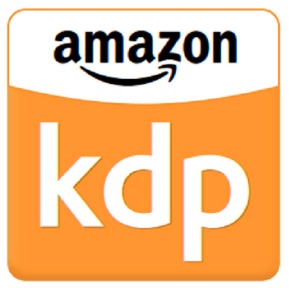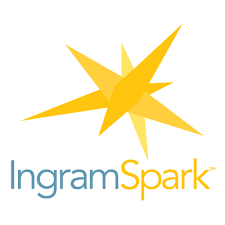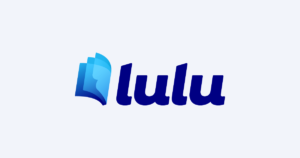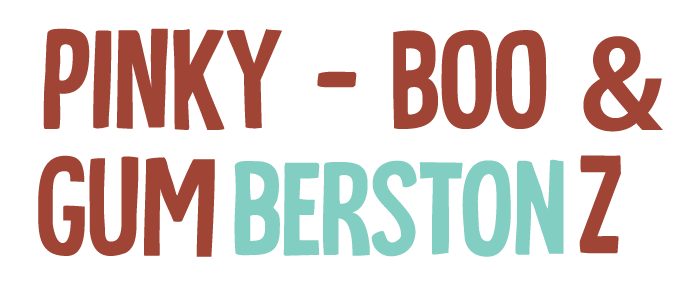What is On-Demand Printing/Print on Demand (POD) services?
Hey everyone! This is Anoop Pillai, author of Pinky-Boo and Gumberstonz stories, talking today about Book Printing. One of the things that haunt most self-publishing authors during the final stage of their books is ‘How do I actually get my published books printed?’
Worry not! Today we are going to share what I did and why I did what I did when it came to publishing and custom book printing… and more importantly, what is ‘On-Demand Printing’ and how is it useful?
If you’re choosing the Traditional Publishing route, you can peacefully skip this post. Your publisher has got you covered on this one.
So self-publishing authors: Once you have everything lined up which includes your manuscript proofed and edited, illustrations done, ISBN number, and you have designed the layout, format, etc. – it’s then time for you to decide whether you want to get it printed traditionally or use the ‘On-Demand Printing’ service that is becoming popular in the recent years.
Traditional Offset Printing Services
It’s cheaper to print in bulk and this is exactly what you’re doing when you use Offset Printing services. If you have an existing client base and if you stand to sell a lot of copies of your book, then it might be best to lean towards Offset printing. You are looking at printing a large number of copies (read 1000, or a very minimum of 500), then paying for it upfront, shipping these books to the customers yourself, and storage too. You may need to send your copies to Amazon, Barnes and Noble, and other online stores. Now, I’m not completely sure of the process of how to reach out to various e-commerce platforms to sell products, so you can check elsewhere.
You can also build a website or use an existing website to sell your book if you have enough customers and traffic. There are a whole lot of things you can do and it also should return a larger profit, if you’re able to sell all the books that you print that is. Also, not to mention the option of being able to exercise control over a lot of factors such as trim size, paper type, book type. Overall, this is hands down the best if you are sure of being able to sell what you print.
On-Demand Printing Services or POD services
Also known as POD (Print On Demand) is exactly what the name suggests – Print if you get an order. The best thing about POD services is that if you want to do single book printing, you can do that – which is usually not the case with Traditional Offset Printers.
With the advancement in technology and the Internet, Indie writers/publishers can use POD services and save on upfront costs and dealing with storage. If you do not know how many books you are going to sell, this is the way to go. Some of the more popular POD services are:
- Amazon (KDP Print)
- Lightning Source (IngramSpark)
- Lulu
There are a few more and that is left for you to find out…where is the fun if there is nothing for you to research, right?
I will talk about each of these POD services in detail in a bit. The main downsides of POD services are lesser royalties/profits and distribution exclusivity challenges.
What did we use to self-publish and why?
Well, by now you should have guessed by now. I used POD services because of the inability to guess the number of orders upfront and storage too. If you want to know which particular service, read further…
KDP Print:
I think this is one of the most popular On-Demand printing services out there. You can upload and publish your books for free using Amazon’s KDP print. The advantage of using KDP print is its seamless integration with the Amazon e-commerce platform and being able to sell your books directly on Amazon. The big con is some suppliers, book stores, and online stores might refuse (might not be able) to display or sell your book since Amazon might have exclusive rights to distribution.

IngramSpark
Many suppliers, bookstores, and online stores might prefer IngramSpark. Using IngramSpark will give you access to global publishers/distributors but at a cost. Unlike KDP, IngramSparks is not free though. Pricing here. Also, I heard from Publishers/Book Designers that the upload process is a challenge with newbie publishers who are doing the publishing themselves. Based on the trim size, paper, book format – IngramSpark can be an expensive option too. With all the Printing and Distribution costs, it can leave you with a very low royalty (profit). My first book returned me less than 20 cents when I sold a copy of my book. When someone bought my book in certain countries, the profits were negative – meaning I was paying a small fraction of the cost for folks to buy the book. Long story short, it can leave your books very expensive.

Lulu:
Lulu’s service is very similar to IngramSpark. They also provide a good amount of distribution including Amazon, Barnes & Noble (similar to IngramSpark). They also tend to be cheaper than Ingram in terms of upfront and printing costs.

I chose to go with IngramSpark for my children’s hardcover picture book because
KDP Print didn’t at the time provide hardcover book printing services, now they do. The option then became Lulu vs IngramSparks. I watched a few videos on YouTube to see the quality of print between IngramSpark vs Lulu. Based on the videos/images that I saw, I decided that IngramSpark would be the right choice especially since I had tons of illustrations in the book and somehow ended up liking the colour reproduction of IngramSpark’s printing better. Also, I believe that IngramSpark may be a tad bit popular than Lulu…and this is just my theory.
For the e-book version though, I used KDP Print as I wasn’t sure if there are any other big players in the ebook market. You can use IngramSpark too for publishing ebooks if you would like.
Overall, that has been my experience publishing two books so far. Hope this helps and as always, happy to answer questions if you got any. Cheers!
